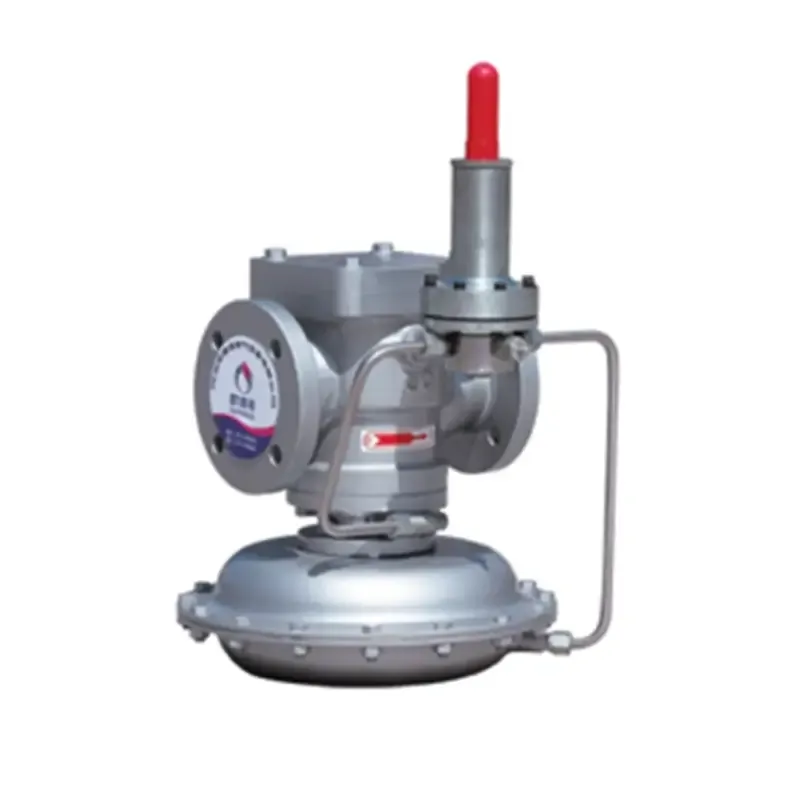
8 月 . 31, 2024 00:48
Back to list
natural gas pressure reducing valve
Understanding Natural Gas Pressure Reducing Valves
Natural gas is a crucial energy source that powers homes, industries, and vehicles globally. However, it is transported and delivered at high pressures that must be regulated to ensure safety and efficiency in its usage. This is where natural gas pressure reducing valves (PRVs) come into play. These devices are essential in managing the pressure of natural gas as it moves through pipelines and into appliances.
A natural gas pressure reducing valve serves several important functions. Primarily, it reduces the high pressure of natural gas coming from transmission pipelines to a safe, manageable level suitable for residential and commercial consumption. For instance, while natural gas may enter a facility at pressures ranging from 60 to 100 psi (pounds per square inch), the pressure must be decreased to between 1/2 to 10 psi for optimal appliance operation.
The design of a pressure reducing valve often includes a spring-loaded mechanism that adjusts the flow of gas based on the downstream pressure. The valve contains a diaphragm that responds to the pressure downstream; when the pressure rises above a set point, the valve closes slightly to decrease the flow. Conversely, if the pressure falls below the set point, the valve opens wider to allow more gas to flow. This dynamic regulation ensures a consistent supply of natural gas at safe pressure levels.
natural gas pressure reducing valve

In addition to enhancing safety, natural gas PRVs also contribute to energy efficiency. By maintaining appropriate pressure levels, these valves help prevent gas wastage and ensure that appliances operate effectively. For instance, excessive pressure can lead to inefficient combustion in furnaces or stoves, reducing their lifespan and increasing utility costs.
Installing natural gas pressure reducing valves is a critical procedure that should be carried out by experienced professionals. Proper installation is essential to avoid potential hazards, such as gas leaks or pressure-related failures. Once installed, regular maintenance and inspections are necessary to ensure the PRV functions correctly. During these inspections, technicians will check for wear and tear, ensuring that seals are tight and that the diaphragm is in good condition.
The significance of these valves extends beyond residential settings; they are also widely used in industrial applications, gas storage facilities, and in the transportation sector. As regulations around gas usage and safety tighten, pressure reducing valves will become increasingly crucial in meeting compliance standards while maintaining operational efficiency.
In conclusion, natural gas pressure reducing valves are vital components in the safe delivery and consumption of natural gas. They protect users by regulating gas pressure, enhancing safety, and improving efficiency. As the demand for natural gas continues to rise, so too will the importance of effective pressure management systems. Understanding the role and function of these valves will help users appreciate their significance in the overall energy ecosystem. Whether in homes or industries, the efficient operation of pressure reducing valves ensures a reliable supply of one of the world’s most important energy resources.
Next:
Latest news
-
Unlocking The Quality Gas Pressure ReducersNewsNov.01,2024
-
The Role of Gas Pressure Reducing StationsNewsNov.01,2024
-
The Importance and Functionality of Safety Relief ValvesNewsNov.01,2024
-
The Essential Role of Safety Valves in Natural Gas ApplicationsNewsNov.01,2024
-
The Essential Role of Gas Pressure RegulatorsNewsNov.01,2024
-
Enhance Your Premium Gas FiltersNewsNov.01,2024

